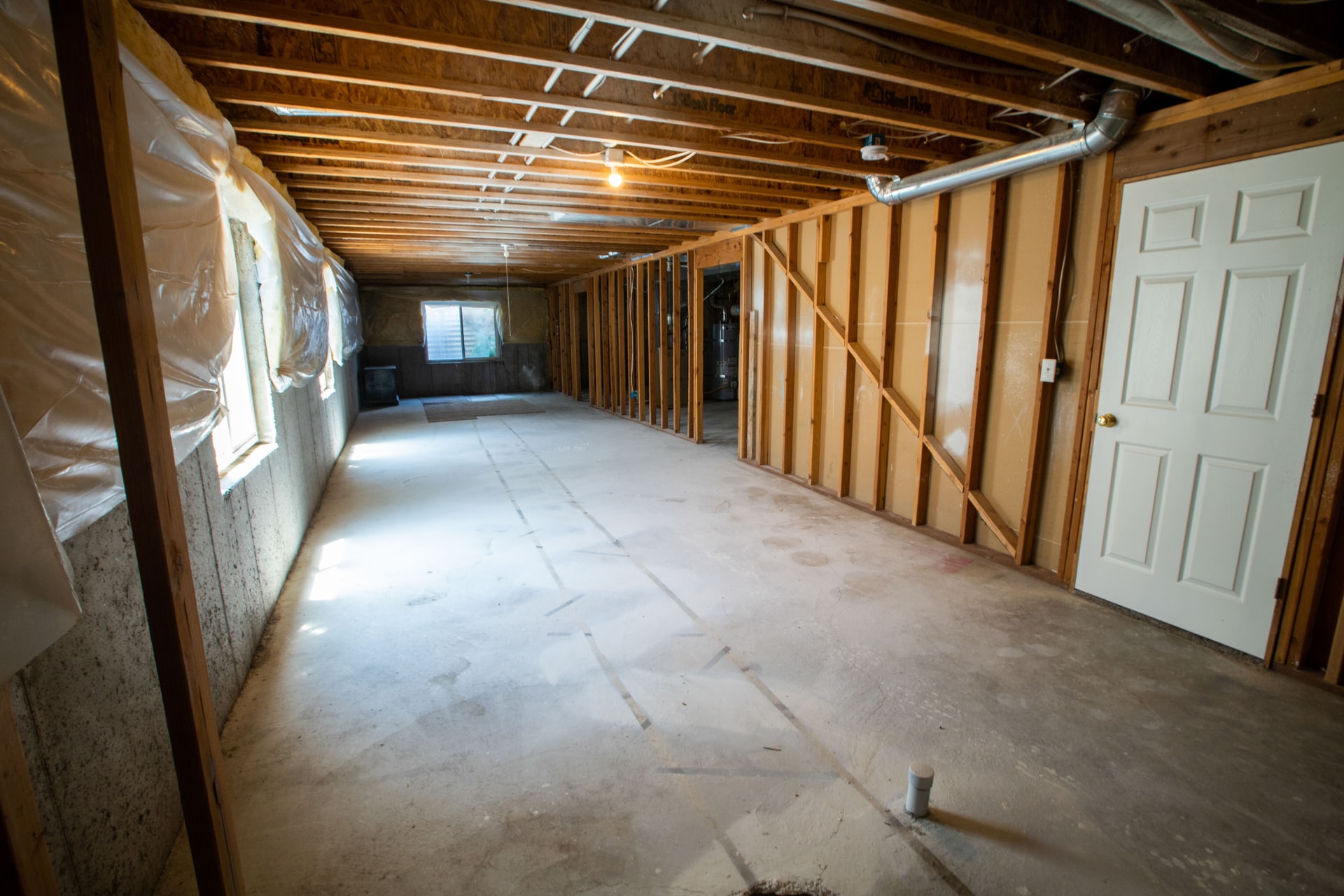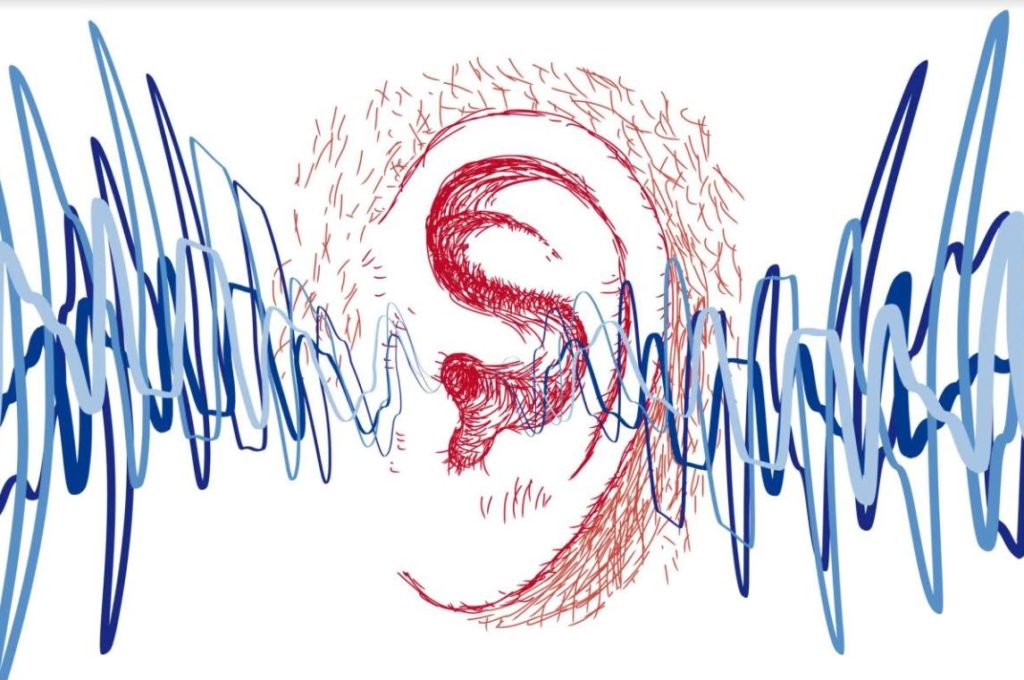
When I see this term soundproofing basement ceiling, I cringe. Let’s start this discussion with a clarification of terms. The industry is full of half truths and this is one of them. There is no such thing as “soundproofing”. Nothing with noise is ever “proofed”. Noise is managed through measurements and barrier technology. The goal with noise transmission is to reduce the amount of noise that transmits itself through our structures. Noise levels must be brought down below the noise levels of the receiver’s room. The goal is to mitigate and reduce. However, this can only be done by first quantifying and qualifying the frequency and amplitude of all noise issues. No matter what the project is, from office noise to soundproofing basement ceiling, noise must be identified for the enemy it is, so we know how strong we must build our castle.
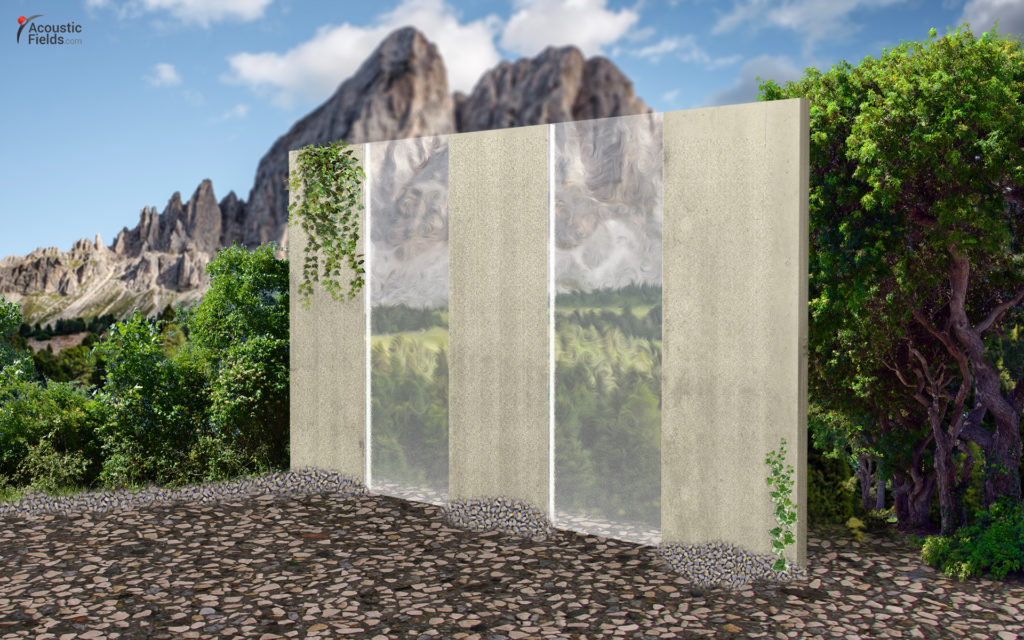
The first step in any noise transmission issue is measurement. We have a process at www.acousticfields.com where you use our apps, download them on your phone and then fill out our online form. Once we have your numbers, we will send you a drawing of the barrier you need to build. https://www.acousticfields.com/sound-barrier-technology/. We must know how strong the noise is. This process is termed amplitude. Amplitude means strength of the noise or how loud it is compared to other noises. Sound (noise) is composed of frequencies just like music. Lower frequency noise such as garbage trucks and jet planes is much more difficult to stop than voice. Frequencies of noise below 125 hz. are much harder to stop and require special densities and materials than issues over 125 hz. This is why one must always measure with noise. With noise you do not want to spend one dollar more than you have to to minimize its transmission. Guessing with noise is a fool’s game. Let me illustrate. I receive calls everyday from clients who use the double drywall staggered stud method when trying to mitigate noise. They use this barrier technique in their home theaters. Theaters are all about crashes and explosions which are low frequency issues. This double wall approach will not work for low-frequencies. It is not designed to.
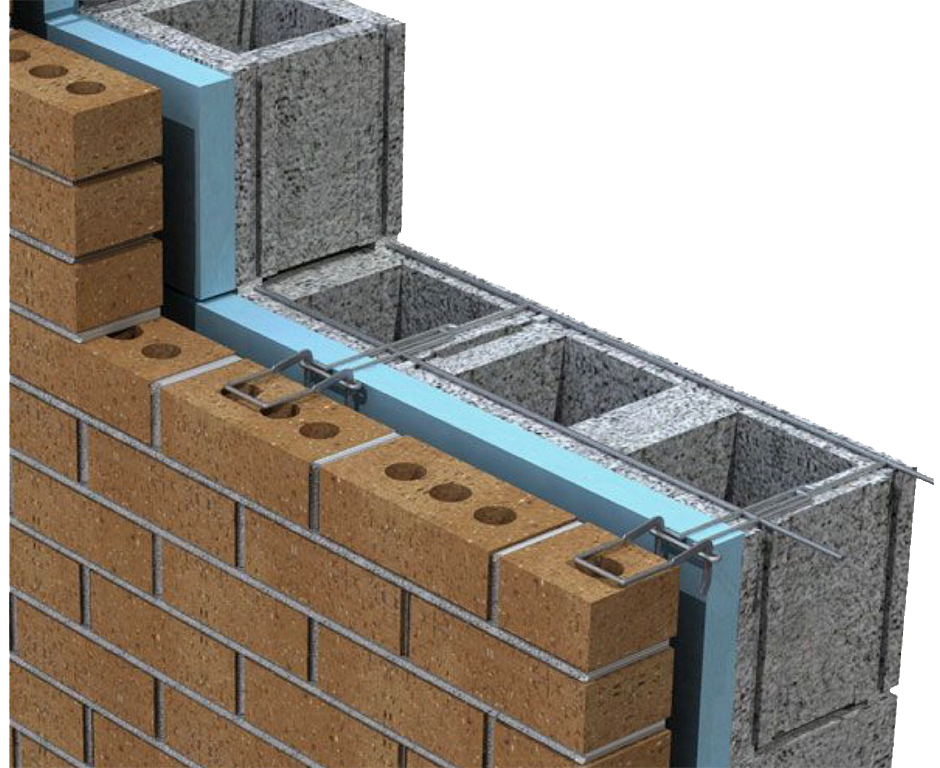
With this background in mind, let’s look at the search term soundproofing basement ceiling. We have to start by measuring the noise generated from the source. Let’s assume for purposes of discussion that the source of noise is a home theater and the first floor above is receiving the theater noise. The first floor could be a bedroom or a kitchen. Low-frequency energy from the theater is transmitted through the theater ceiling and into the first floor. Since it is a theater, it has what we term full range noise. Full range noise is noise that has all the low, middle, and high frequency energy created by movies or music. It is the low-frequency energy that usually produces the most nuisance value. Since basements have low ceiling heights, the pressure between the first floor and the floor is small which causes low-frequency pressure issues. https://www.encyclopedia.com/science/encyclopedias-almanacs-transcripts-and-maps/sound-transmission
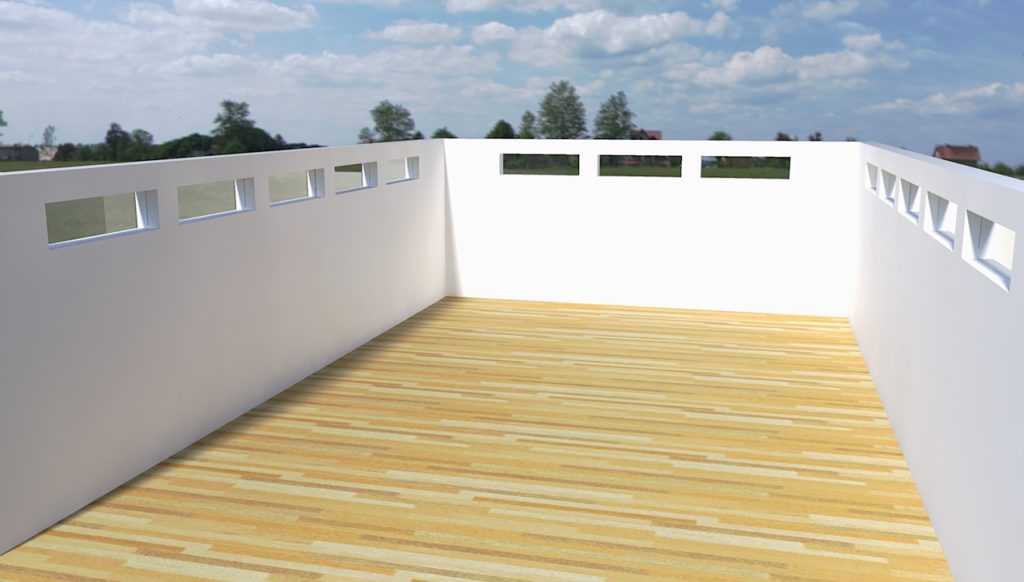
Since we are looking for soundproofing ceiling solutions we now know that we are dealing with full range energy which contains low, middle, and high frequencies. When we are trying to mitigate the transmission of full range noise we must build what is called a barrier. A barrier is a structure that is placed between the noise source (theater) and the receiver (first floor). Our barrier design and installation must reflect the full range energy that we are trying to reduce the transmission of. Energy is divided into frequencies. When we are dealing with noise transmission, we must divide the noise into two parts. We have noise that is below 125 hz. and then we have noise above 125 hz. The barrier that we will build and design must be able to attenuate or reduce the noise below 125 hz. If we reduce below 125 hz. the energy above 125 hz. will be attenuated.
Once we have determined the frequency range of the noise, we then turn our attention to the strength or amplitude of the noise. With small theaters in basements and usually multiple subwoofers, we can approach pressure levels of over 100 dB SPL. Normal speech operates at pressure levels around 65 dB SPL to 70 dB SPL. The strength or amplitude of the energy in our theater will tell us what materials to use in our barrier, how thick to make each material type and just as important how to arrange those materials in our barrier. Every frequency and amplitude of noise requires that we choose the correct material type and then arrange those material types in the proper sequence or order. https://en.wikipedia.org/wiki/Voice_frequency


